Coming up with a design for a creating which is not only unforgettable but also architecturally seem is tough at the finest of instances. Final year, tertiary college students who took element in a opposition to style and design these kinds of a setting up in the coronary heart of Orchard Street had an unprecedented obstacle – they experienced to do so amidst a pandemic.
“We couldn’t fulfill one particular one more confront to confront to explore our thoughts or work out troubles. We did anything digitally, from having on the net meetings to utilizing digital equipment to history our concepts, and generating confident that everybody was on the same web site,” shares Architecture graduate Ms Grace Ong, 24, who led the 8-robust Workforce Ace, from the Nationwide University of Singapore (NUS), just one of three winners for the Global Making Design and style Competitiveness (IBDC) 2020.
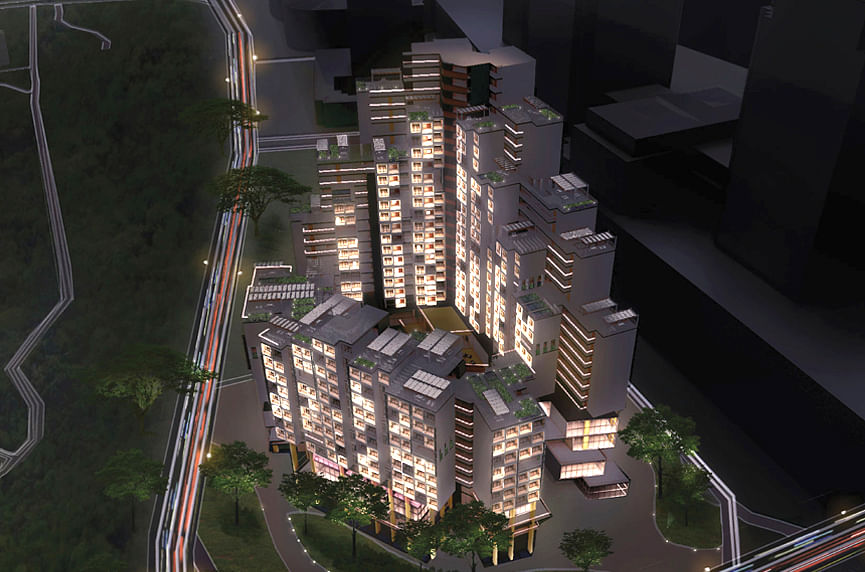
IBDC is organised per year by the Developing and Design Authority (BCA) in partnership with NUS, Nanyang Technological College, Singapore Polytechnic (SP), and the Singapore College of Engineering and Style, and previous year’s version experienced “Sustainable and Intelligent City” as its theme to underline the advantages of eco-welcoming and wise buildings.
Ms Ong and the other teams’ experience highlighted the urgent need to have for Singapore’s Developed Ecosystem (BE) sector to embrace digital equipment to modify to the Covid-19 globe, fortify its resilience, and change the sector as it charts a new path ahead.
The electronic way to improved structures
Tasked with developing an imaginative blended-use advancement on a web-site powering Ngee Ann City, the collaborating groups tapped on digital resources to analyse the site, establish and optimise their designs, and even simulate building to obtain a balance in between time and expense.
Employing Google Maps, public information these as climate information, and modelling program, each and every team made a a few-dimensional, electronic product of the web page and its surroundings, complemented with the capability to exam how the site’s circumstances will have an affect on their proposed making.
With these electronic equipment, the groups could tweak the best-accomplishing variations to maximise wind movement and air flow, or better expose or shade distinctive locations, and finally, select and supply an optimal design that is both of those occupant- and atmosphere-helpful.
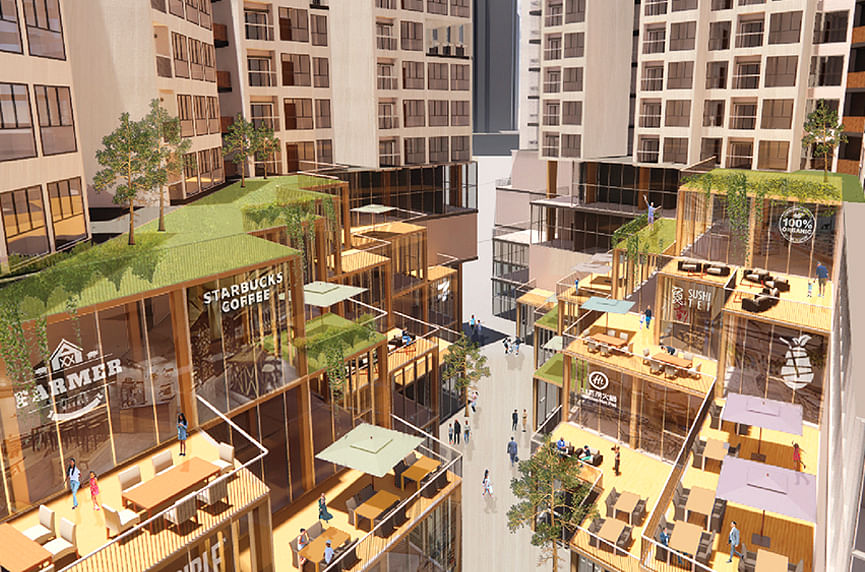
NUS Architecture student April Zhu, 25, from Group Ace, suggests: “After we experienced a preliminary design of our building, we applied a tool termed Grasshopper to crank out several versions that meet up with the gross floor space we essential to fulfil, the selection and sorts of models we ought to have, and what we desired in phrases of air flow and sights for residents and people.”
SP Architecture university student Foo Jing Xi, 22, leader of Staff Ardent, an additional successful group in the competitors comprising 7 students from SP, NUS and Nanyang Polytechnic, clarifies: “We set the iterations into the digital landscape we developed to see if they fit, and modelled how surrounding properties would solid shadows on them, and how much wind and sunlight each individual element of the structures would obtain on unique days.”
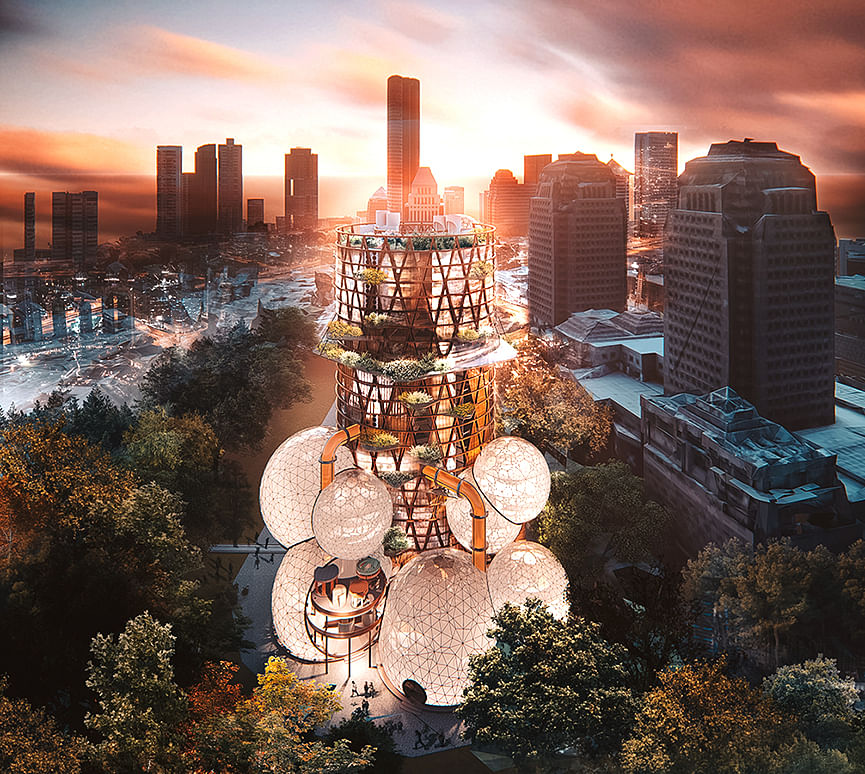
Digitalisation also enabled strain-testing to find out if any section of the style was not possible. For example, Workforce Ace’s authentic design and style experienced big voids in the constructing for various recreational facilities, but modelling showed that these would need great and impractical columns to support the excess weight of the making higher than them. As these kinds of, the team opted for more compact voids rather.
By integrating all the different parts of the developing structure, from architecture to mechanical and electrical (M&E) products and services, on a solitary Making Information and facts Modelling (BIM) technique, each staff also flagged clashes that desired resolving, these types of as guaranteeing sufficient room for pipes and wiring hidden in phony ceilings, whilst keeping suitable headroom.
Workforce Ace’s Civil Engineering scholar Xing Da, 22, claims: “Many of these items, these as analysing no matter whether columns and beams can assist hundreds, can be completed via hand calculations, but these would be extremely time-consuming even for compact-scale assignments, enable by itself the styles we have been operating on.”
He adds: “Digital resources not only help save time and exertion but also support to automate several procedures. When we update just one component of the developing, all of the drawings made up of info similar to that portion are routinely improved. This compresses the workflow and makes sure that each crew member is functioning on the hottest version of the structure.”
Even at the building section, digital instruments will allow builders to compute the trade-offs included at diverse stages, primarily based on out there products and manpower, so that much better, and a lot more knowledgeable, selections can be designed.
“Digital instruments are essential to fulfill ever more elaborate assignments, solve problems, and investigate new options in the BE sector, especially with Covid-19,” suggests Ms Abbrielle Loh Jia Min, 21, member of Workforce Ardent and student of SP Architecture.
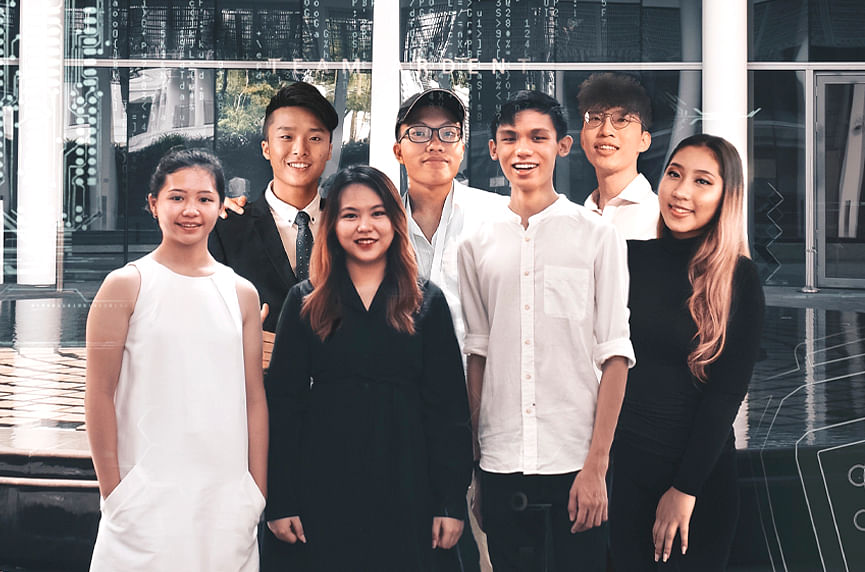
Driving digitalisation
As Singapore forges in advance in the wake of the Covid-19 pandemic, digitalisation will be key to aiding corporations in the BE sector restart their businesses properly, and seize new chances forward.
Mr Owen Wee, 47, principal architect, Surbana Jurong, one particular of the IBDC 2020 competition’s judges, added that digitalisation is vital for Singapore’s sustainability ambitions.
“The electronic designs of the structures are very handy even immediately after the properties are made, these kinds of as for routine maintenance and retrofitting functions. With Singapore’s press for greener properties, it’s very frequent for property house owners to have out retrofitting initiatives. We’ve experienced situations where we do not have complete details about the building, which effects in downstream challenges,” he claims.
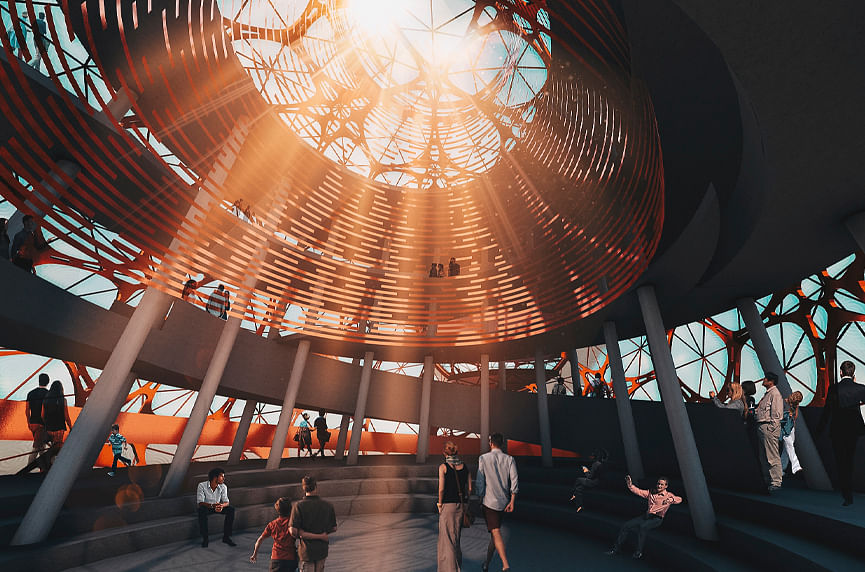
Not only are digital equipment valuable for the field players, governing administration companies can also use the digital information to track buildings’ carbon emissions throughout their complete everyday living cycle, from building to demolition. “The digital designs can tell us the sorts and portions of resources that have been utilised to construct the structures, so that we can identify the embodied emissions,” Mr Wee points out.
Even right before the Covid-19 outbreak, the Foreseeable future Economic system Council Built Environment Cluster had sought to rework the sector, primarily in the important regions of style for producing and assembly, built-in electronic supply and green properties.
Its digitalisation initiatives integrated building sector electronic plans to uplift compact and medium enterprises, developing digital infrastructure, specifications and abilities, and fostering electronic innovation to improve support shipping and expansion.
Setting business specifications
When the pandemic has harm the BE sector and uncovered the vulnerabilities of its recent do the job processes and reliance on handbook labour, it has also produced an option to speed up the sector’s electronic transformation, with far more corporations and organisations now open to investing in digitalisation.
To seize the instant, the Emerging Stronger Taskforce convened an Alliance for Action on Digitalising BE to create an field-wide Common Knowledge Setting Knowledge Specifications, to help the integration of complex work procedures across the price chain, via interoperable electronic platforms. Complementing the exertion are also initiatives to safe dedication from “power users”, this kind of as CapitaLand Minimal and Town Developments Limited. This is to market the use of pre-experienced electronic platforms that are in line with the Facts Specifications, and uplift the electronic literacy price of benefit chain associates (see down below, Rising Stronger Together).
Mr Wee points out that popular criteria and interoperable software program would help far more productive collaborations. “Right now, you may perhaps have architects working with a single programme due to the fact it offers swift renderings that they can clearly show to their clients, and companies liable for M&E products and services utilizing a different programme, mainly because they never need to have this performance, that may possibly final result in non-compatibility.
“Some groups may get together to examine their computer software and make confident their drawings and versions can be built-in. Other individuals might not. Singapore demands to press much tougher for common criteria and platforms so that digitalisation can fulfil its full likely.”
He provides that these types of standardisation must lengthen to details these types of as file naming conventions and how grid traces are drawn, with an exemplar being the Global Organisation for Standardisation (ISO) 19650 typical for running information and facts more than the entire daily life cycle of a designed asset utilizing BIM.
With the vast majority of layout companies, engineers and architects in Singapore operating regionally or globally, govt businesses need to collaborate with others on worldwide requirements, not just neighborhood types, he carries on.
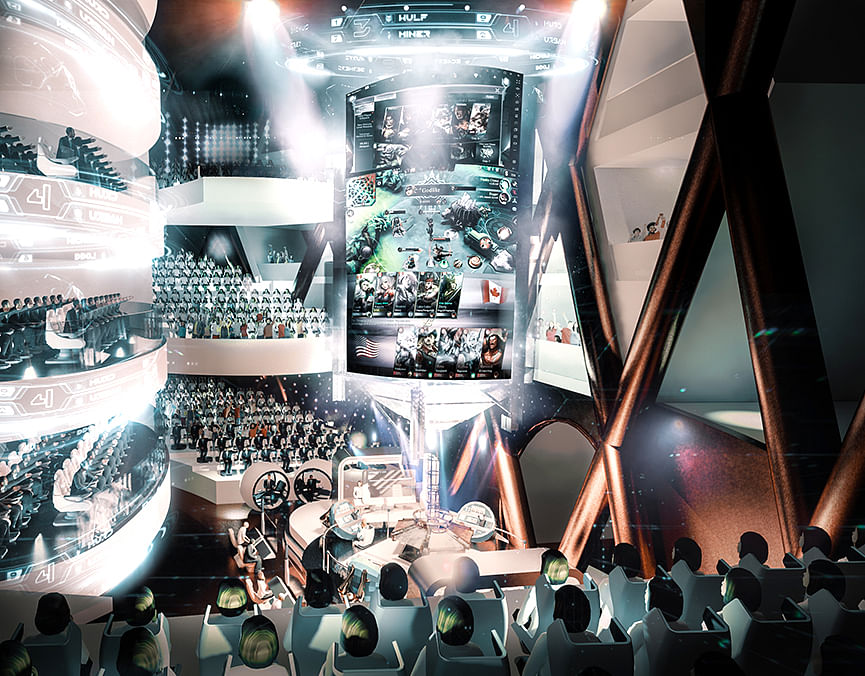
“Training is the final piece of the puzzle. College students are currently learning electronic resources as section of their curriculum, but we need to have targeted training for persons in their 30s and more mature, who are not common with the applications. Adopting digitalisation basically improvements the way you consider and work,” he says.
He adds: “Singapore is just one of the leaders in adopting digitalisation, in substantial portion because of to the Government’s efforts, but this lead is incredibly easy to surpass. We have to have to keep on to ramp up our initiatives so that digitalisation will become mainstream in the BE sector, and gets to be a way of life for everyone.”
This is the previous in a 6-part sequence on the resilience of Singaporeans, as they band alongside one another to seize new possibilities in a entire world adjusted by Covid-19.
In partnership with the Emerging Much better Taskforce.





More Stories
Real Estate Agents – What to Look for in a Mentor
Typical Workday of a Real Estate Agent
What You Can Expect To Pay A Playa Del Carmen Realtor